Photos courtesy Sterling College
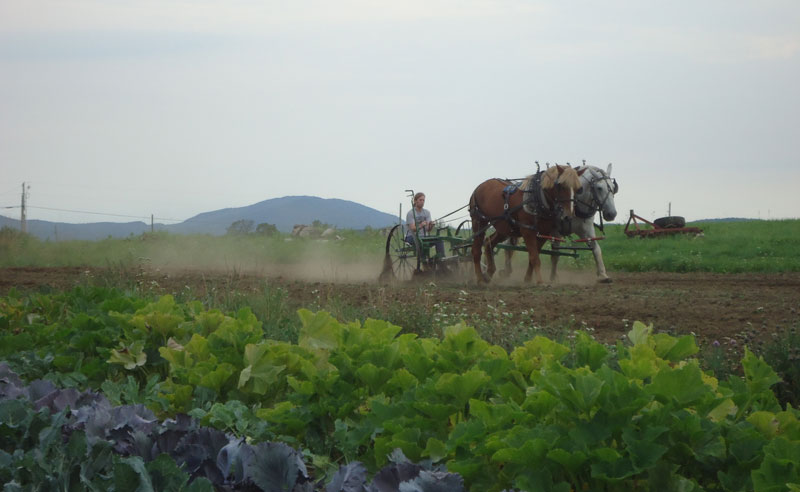
A small liberal arts college that has gained national recognition for its Sustainable Agriculture program, Sterling College combines lectures with practical hands-on training that prepares students to graduate as environmental stewards. Sterling has had draft horses on campus since the 1980s, but it wasn’t until about twelve years ago that students could earn a minor in Draft Horse Management, the first US college to offer such a degree.
Under this minor, students can earn 15 credits through six different courses: Working Horses/Working Landscapes; Introduction to Draft Horse Management; Draft Horse Management I: Driving Principles; Draft Horse Management II: Work Applications; Draft Horse Management III: Farming with Horses; and Farrier Science.
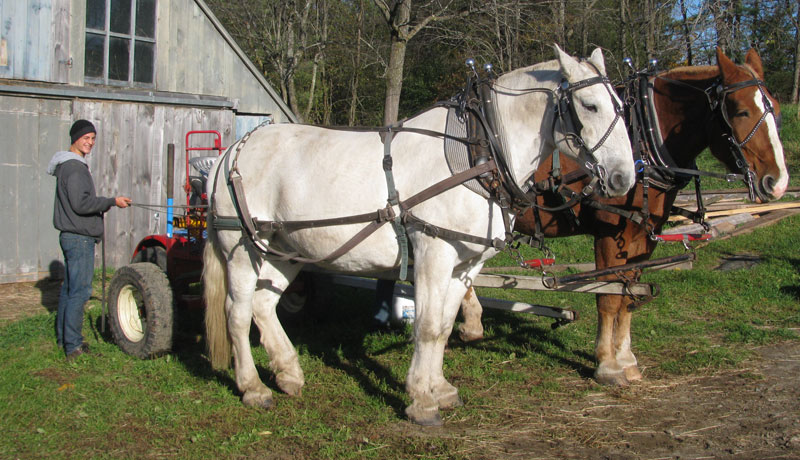
No previous equine experience is required for these courses and Draft Horse Manager and Faculty in Sustainable Agriculture Rick Thomas says nearly all the students are new to the horse experience. “Mostly, I want students to understand that working horses across today’s agriculture landscape is a viable power option; that horses simply become the power head to move a variety of implements to do agriculture and woodlot work in a way that is tightly connected to ecological and natural farming practices.”
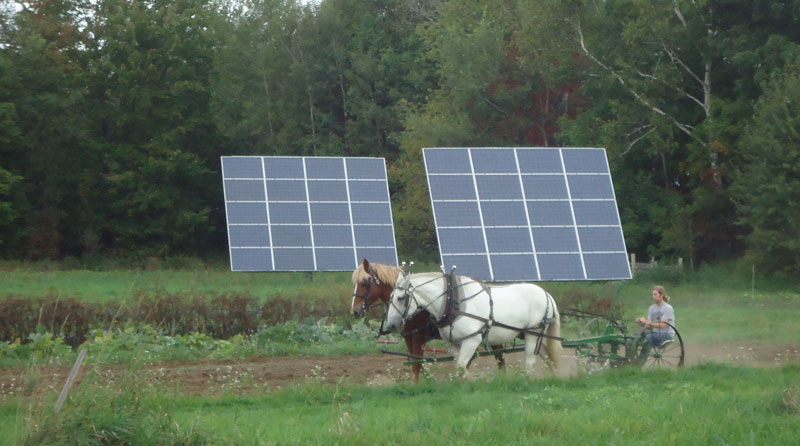
As such, the draft horses at Sterling not only teach students, but also help farm and maintain the land on campus, which includes field and forest work. The college stays environmentally friendly. In fact, in 2013, Sterling College divested its endowment from fossil fuel extractors and now more than 80% of their electricity comes from solar power.
Sterling College currently keeps six draft horses, ranging in ages from ten to 19. Percherons make up the majority of the drafts on the farm and there are also various draft crosses. Rick says a 19-year-old Percheron gelding named Rex is by far the favorite among students. “He is amazingly aware and patient with students in the early stages of understanding their role in the horse/human relationship,” he says.
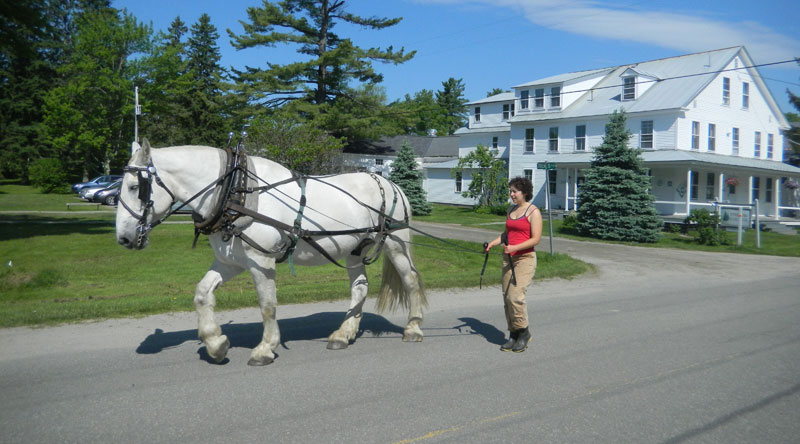
All draft horse courses at Sterling have both lecture and lab portions. During the labs, students are broken into small groups where they gain hands-on experience with all the horses. Each course also has “instructional chores lab” where the students help manage and care for the barn and horses.
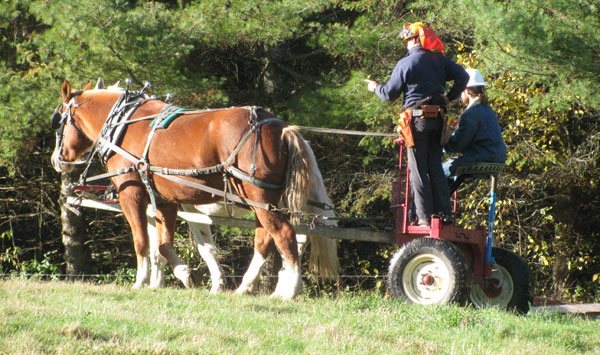
The draft horse skills students learn are wide-reaching. Learning both single and team hitching, students become knowledgeable in various aspects of how to drive horses for logging, harrowing, cultivating, and plowing. In the winter, students also learn the art of sleigh driving.
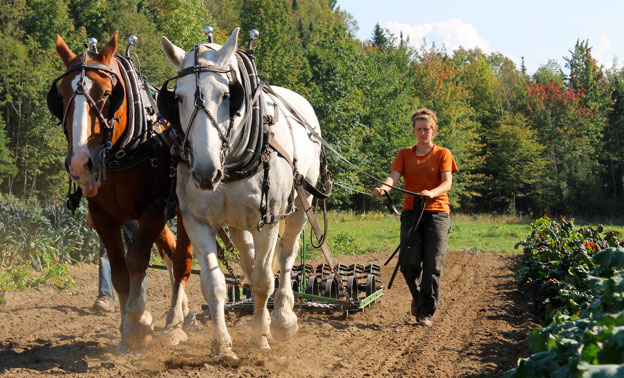
The draft horse program continues to be popular at Sterling, and with good reason. Time spent with horses that counts as college credit? Almost sounds too good to be true! “Students seem to be very inspired by the courses,” says Rick. “They seem to cherish the opportunity to work with horses while in college.” For more information on Sterling College’s Draft Horse Management program, visit their website.
Liked this article? Here are others that you’ll love:
Handling Draft Horses
College and University Equine Studies Programs
Draft Horses: Go Big
Draft Horses on the Farm – from HobbyFarms.com







Our gardens and fields are a model for mixed power systems, a small tractor takes care of various power related tasks such as brush hogging and bucket loader work for turning compost. In general, though, 90% of our power needs are handled by either hands or horses.
I love it!
This is phenomenal. I am so happy to learn of this absolutely marvelous way of bringing our young people back to reality. Should (God forbid) any real disaster happen to the electrical grid or worse there will be some that can teach others to survive. Thank you!!
Cool!
I attended Sterling in 1976 — love seeing this
Thank you
Kim